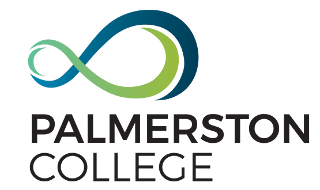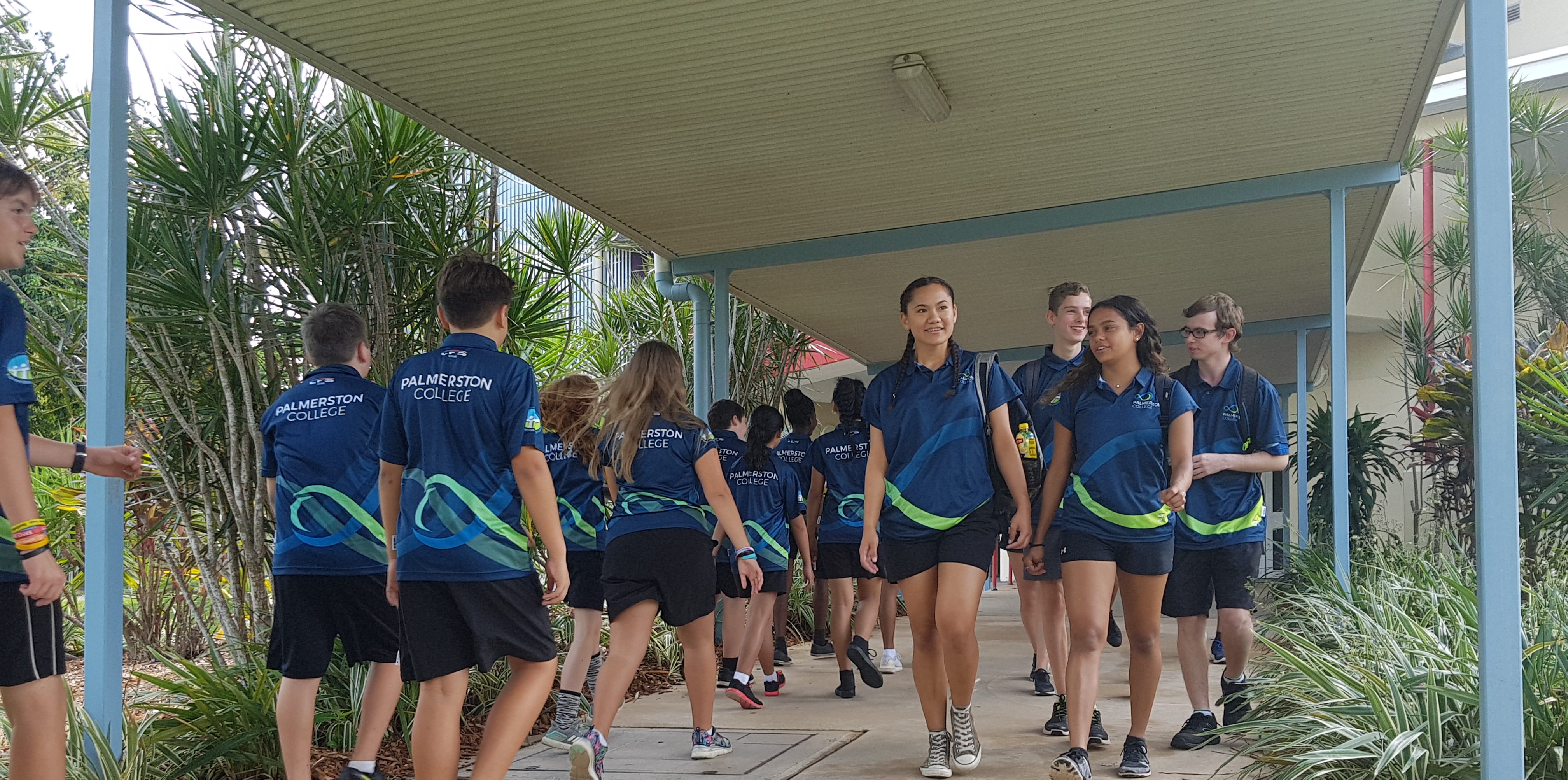What are the Main Components of the SWPBS Framework
SWPBS is a prevention-oriented way for schools to (a) organise evidence-based practices, (b) improve their implementation of those practices, and (c) maximise academic and social behaviour outcomes for students.
- A common approach to establishing high expectations, improving teacher efficacy and developing positive behaviour
- A positive statement of purpose
- A matrix of positively stated expectations for students and staff
- Procedures for teaching the expectations
- A continuum of procedures for encouraging expected behaviours and discouraging inappropriate behaviours
- Data collection to ensure procedures for monitoring the effectiveness of the system
Consistent Expectations
These are the consistent expectations that should be applied to all learning spaces across the College. This list provides a consistent definition of an orderly learning environment.
An orderly learning environment is a key factor in ensuring that students can achieve to their potential in every class. An orderly learning environment is also supportive of student wellbeing because clear, consistent expectations and a calm environment reduce anxiety.
These expectations were originally identified by the Readiness to Learn Subcommittee using Compass, SWIS and TSM data. Consultation has taken place with the student leadership team and teaching staff.
- Teachers create and teach routines to students for each learning area. These might be different in different subjects.
- Food is consumed at break times in the outdoor spaces. Classrooms are food and drink free zones.
- Students line up outside the room until the teacher arrives.
- Students attend all timetabled classes. Teachers are unable to give permission to attend an alternative class.
- Students and teachers arrive to class by the end of the music/second bell. Teachers are responsible for admitting late students into the room.
- Students follow teacher instructions. Teachers are responsible for deciding where students sit, what equipment will be used (including phones and laptops), and how to keep safe in the learning environment.
- All voices are equally heard in the lesson, which means one person speaks at a time.
- One student may leave the room at a time for bathroom or drink access, with teacher permission and a pink note or pass. All students are present in the classroom during the first 10 minutes and the last 10 minutes of the lesson.
- Bathrooms should be accessed at recess and lunch. If access is needed during class, the closest one is used, with teacher permission and a pink note or pass.
- Bathrooms are to be used for intended purpose only. Socialising with others takes place in the yard during recess and lunch.
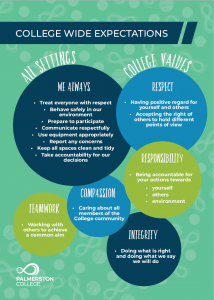
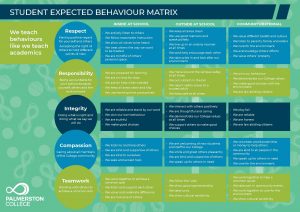
Developed by the Readiness to Learn Committee.
